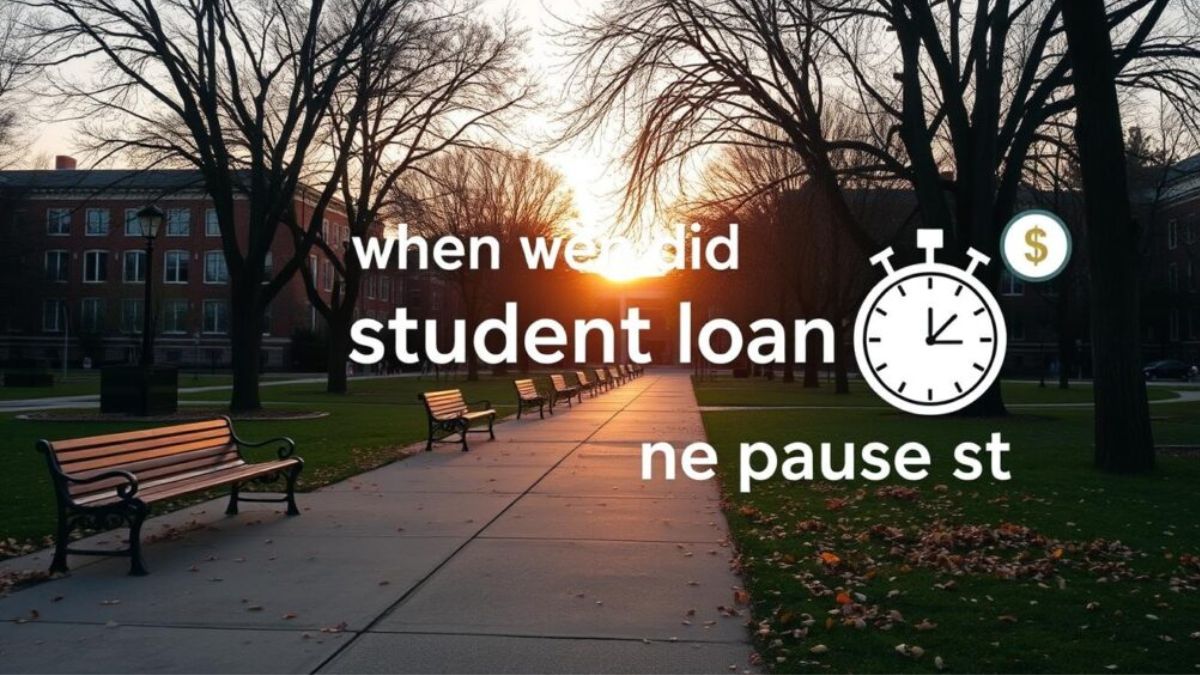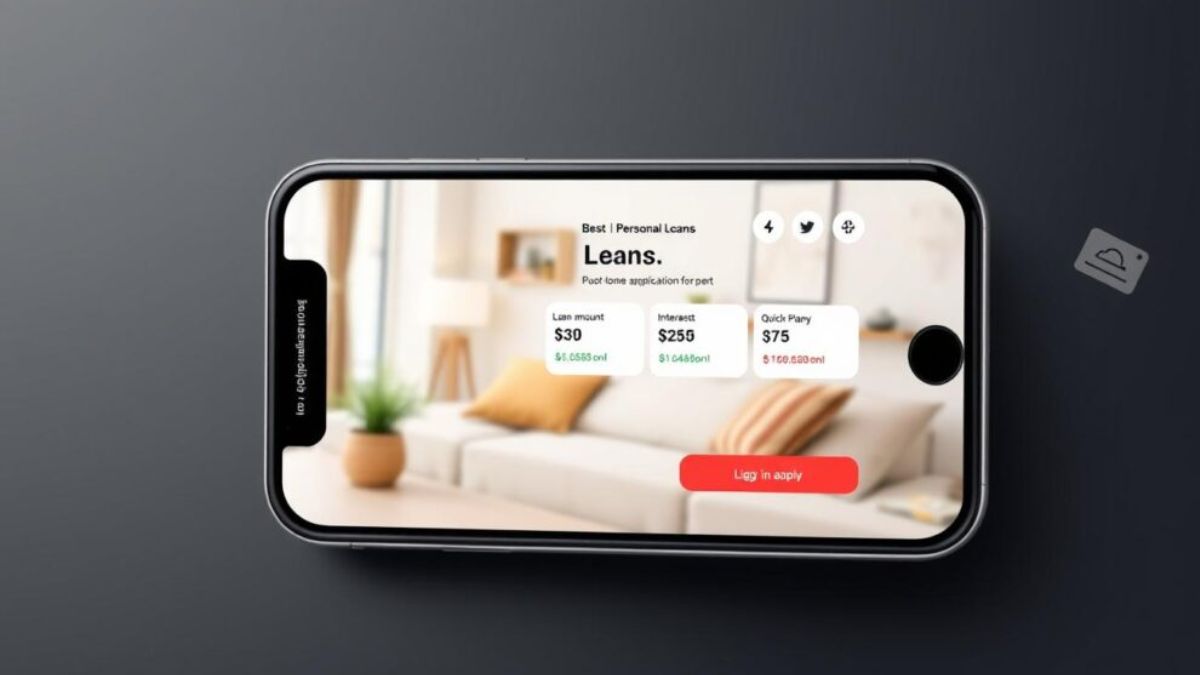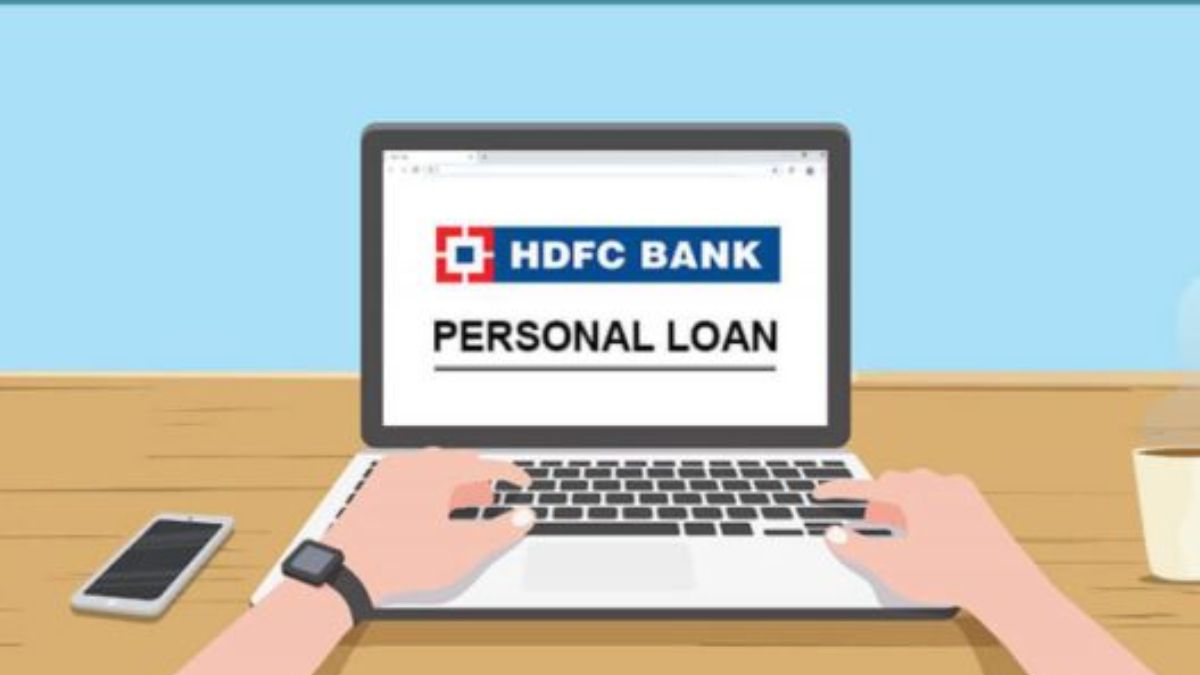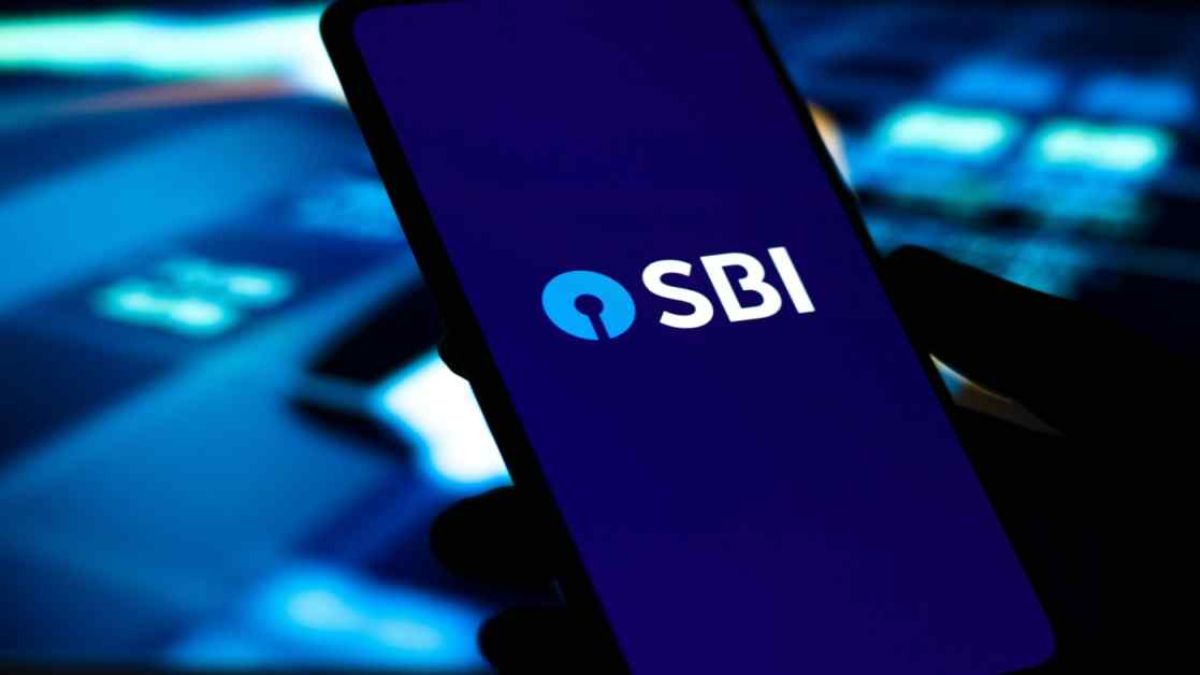The student loan repayment pause was a big help during the COVID-19 pandemic. It has been a big deal for millions of Americans. This timeline will show when it started and how it has changed over time.
In March 2020, the COVID-19 pandemic hit the United States hard. The government knew student loan borrowers were facing tough times. So, the
CARES Act was passed, offering quick and wide relief to those with federal student loans.
The pause on student loan payments began on March 13, 2020. This move was a first. It stopped payments, and collections, and set interest rates to 0% for those with federal loans.
Understanding the Initial COVID-19 Student Loan Relief Measures
When COVID-19 hit the United States, the government quickly acted to help student loan borrowers. The Coronavirus Aid, Relief, and Economic Security (CARES) Act was signed in March 2020. It brought a federal student loan forbearance program to offer much-needed support.
CARES Act Implementation Details
The CARES Act made all federal student loan payments stop, with no interest, from March 13, 2020, to September 30, 2020. This student debt relief program helped many types of federal loans. This included Direct Loans, Federal Family Education Loans (FFEL), and Perkins Loans held by the Department of Education.
Emergency Relief Benefits Overview
- Automatic suspension of federal student loan payments
- Zero percent interest rate on eligible federal loans
- Halt on collection activities, such as wage garnishment and tax refund seizures
Qualifying Loan Types
The CARES Act’s federal student loan forbearance program covered certain federal student loans:
- Direct Loans (including Direct Subsidized Loans, Direct Unsubsidized Loans, and Direct PLUS Loans)
- Federal Family Education Loans (FFEL) held by the Department of Education
- Federal Perkins Loans held by the Department of Education
This relief effort helped millions of student loan borrowers during the tough times of the COVID-19 pandemic.
When Did Student Loan Pause Start: Key Dates and Announcements
The pandemic student loan suspension has been a big help for borrowers during the COVID-19 crisis. This relief measure has changed over the years. There have been important dates and announcements that have shaped it.
The student loan payment freeze started on March 13, 2020, with the CARES Act. It was first set to end on September 30, 2020. But, the Trump administration kept extending it, with the last extension until January 31, 2021.
When Biden took office, he kept the freeze going. He announced extensions on January 20, 2021, and April 5, 2021. These pushed the end date to September 30, 2021, and then to January 31, 2022.
The latest extension was on December 1, 2021. The Biden administration extended it until May 1, 2022. This was because of the Omicron variant’s impact on the economy and borrowers.
| Date | Event |
|---|---|
| March 13, 2020 | CARES Act signed, introducing the initial student loan payment freeze |
| September 30, 2020 | The original expiration date of the student loan payment pause |
| August 8, 2020 | Trump administration extends the student loan payment freeze until January 31, 2021 |
| January 20, 2021 | Biden administration extends the student loan payment freeze until September 30, 2021 |
| April 5, 2021 | Biden administration extends the student loan payment freeze until January 31, 2022 |
| December 1, 2021 | Biden administration extends the pandemic student loan suspension until May 1, 2022 |
The timeline of the student loan payment freeze shows the government’s efforts to help borrowers. These key dates and announcements have been crucial in shaping this important initiative.
Original Scope of the Federal Student Loan Payment Freeze
The COVID-19 pandemic hit hard, and the government knew it had to help student borrowers. The student loan payment freeze was created to give temporary relief and financial stability during tough times.
Interest Rate Suspension Details
The main part of the relief was stopping interest from growing on eligible federal student loans. Borrowers didn’t have to make monthly payments, and their loan interest was set to 0% during the freeze. This helped them manage other important expenses without worrying about their student debt.
Collection Activity Halt Measures
The freeze also stopped all collection activities. Borrowers were safe from wage garnishment, tax refund seizures, and other debt collection efforts. This gave them a much-needed break from financial stress caused by the pandemic.
Borrower Eligibility Criteria
- The temporary student loan deferment and student borrower relief measures applied to all federally-held student loans, including Direct Loans, Federal Family Education Loans (FFEL), and Perkins Loans.
- Private student loans were not covered by the payment freeze, as the relief was focused on federal student loans.
- Borrowers with defaulted loans were also included, ensuring that those facing the toughest financial challenges could get relief.
The original scope of the federal student loan payment freeze showed the government’s dedication to supporting student borrowers during the COVID-19 crisis. By stopping interest, halting collections, and covering a wide range of loans, the relief aimed to provide financial stability and peace of mind to those struggling with their education debt.
Trump Administration’s Extension of the Student Loan Relief
The Trump administration made a big move to help during the covid-19 pandemic. They extended the federal student loan forbearance. This gave much-needed relief to millions of borrowers who were struggling financially.
The initial relief from the CARES Act was set to end on September 30, 2020. But, the Trump administration saw that borrowers still needed help. So, they extended the pause on student loan payments and the suspension of interest rates.
The first extension was in August 2020, moving the deadline to December 31, 2020. Then, there were more extensions in 2021. The last one was until January 31, 2022. These moves showed the government’s dedication to helping borrowers through tough times.
These extensions gave borrowers a break from worrying about their loans. It helped them deal with job losses, lower incomes, and other pandemic problems.
“The student loan relief measures implemented by the Trump administration were a crucial lifeline for borrowers during an unprecedented time of economic uncertainty.”
The Trump administration’s focus on student loan holders helped ease financial pressure for millions. This support was key to the overall economic recovery during the pandemic.
Biden Administration’s Multiple Extensions Timeline
The Biden administration has been proactive in helping student loan borrowers. They have extended the pause on payments several times. This has given borrowers much-needed relief during the pandemic.
Major Policy Changes
Since taking office, the Biden administration has made big changes. They have expanded who can get help, extended the pause, and looked into forgiving debt. These steps aim to ease the financial stress for millions of borrowers.
Extension Justifications
- The main reason for the extensions is the ongoing pandemic’s economic challenges.
- They also care about the financial health of low-income and marginalized borrowers.
- They want to give borrowers enough time to get ready for payments to start again smoothly.
Impact on Borrowers
The extensions have greatly helped borrowers. Millions have been able to focus on basic needs like housing and food. This temporary break has been a huge relief for those struggling financially.
| Metric | Impact |
|---|---|
| Estimated Savings per Borrower | $5,500 |
| Total Savings for Borrowers | $195 Billion |
| Borrowers Impacted | 35 Million |
The Biden administration student loan policy has been a lifeline for borrowers. It has given them a much-needed break. As the pandemic changes, the administration is looking for more ways to help with student debt relief programs.
Economic Impact of the Student Loan Payment Suspension
The COVID-19 pandemic led to a student loan repayment pause. This pause had a big impact on both individual borrowers and the nation. It gave relief to millions of Americans with debt, affecting economic trends and consumer behavior.
One major effect was on spending habits. With payments paused, people had more money for other things. This could have boosted consumer spending and helped the economy recover.
The pause also helped borrowers save money. A study by the Federal Reserve Bank of New York found that savings rates went up among affected borrowers.
On a bigger scale, the pause might have helped stabilize the economy. It could have prevented a default crisis and kept consumer confidence high. This helped keep household spending steady and reduce economic risks.
But, the long-term effects of the pause are still being studied. As the pause ends, experts will watch how the economy adjusts. They’ll see how regular payments affect the economy.
“The student loan repayment pause during the pandemic provided much-needed relief to borrowers, but its economic effects will continue to unfold as the country navigates the path to recovery.”
Supreme Court Decisions and Their Effect on Relief Measures
The student debt relief program and the Biden administration’s policy have faced many legal challenges. Several cases have reached the Supreme Court. These rulings have greatly affected the relief measures, guiding the ongoing efforts to help borrowers.
Legal Challenges Overview
Many legal challenges have targeted the student debt relief program. Conservative states and groups have sued to stop the Biden administration’s policy. They question the president’s power, the limits of executive authority, and the fairness of the relief.
Court Rulings Impact
The Supreme Court’s decisions have changed the student debt relief program’s landscape. In a key ruling, the Court stopped the Biden administration’s plan to forgive up to $20,000 in loans. They raised concerns about the program’s legality.
This has made the administration rethink its strategy. They are now looking for new ways to help borrowers with their student debt.
The Court’s decisions have also sparked a debate on the government’s role in solving the student debt crisis. The legal fights show the need for a lasting solution. This solution must be strong enough to pass judicial tests and offer real help to those with student debt.
As the legal situation keeps changing, the Biden administration and lawmakers face big challenges. They must find a balance between providing quick relief and following the law. The results of these court battles will greatly affect the future of the student debt relief program and efforts to tackle the student debt crisis in the U.S.
Preparation for Loan Repayment Resumption
As the student loan payment freeze and federal student loan forbearance end, borrowers must prepare for regular payments. This can be tough, but with good planning, you can do it. Start by getting ready for the change.
First, check your finances and budget. Look at your income, expenses, and any changes since the relief period. This will help you figure out if you can afford payments and where you might need to cut back.
- Contact your loan servicer: Talk to your student loan servicer about your options and help programs. They can help you set up a payment plan and find ways to make payments easier, like income-driven plans.
- Explore debt consolidation: Combining your loans into one with a fixed rate can make payments simpler. It might also lower your monthly costs.
- Consider refinancing: If your credit is good and your income is stable, refinancing could give you a lower interest rate. This could help reduce your debt over time.
It’s also important to keep up with any changes to the student loan payment freeze or federal student loan forbearance. By getting ready and looking at all your options, you can smoothly go back to making payments.
“Preparation is the key to a successful transition back to student loan repayments. By taking the necessary steps now, borrowers can ensure a smoother path forward.”
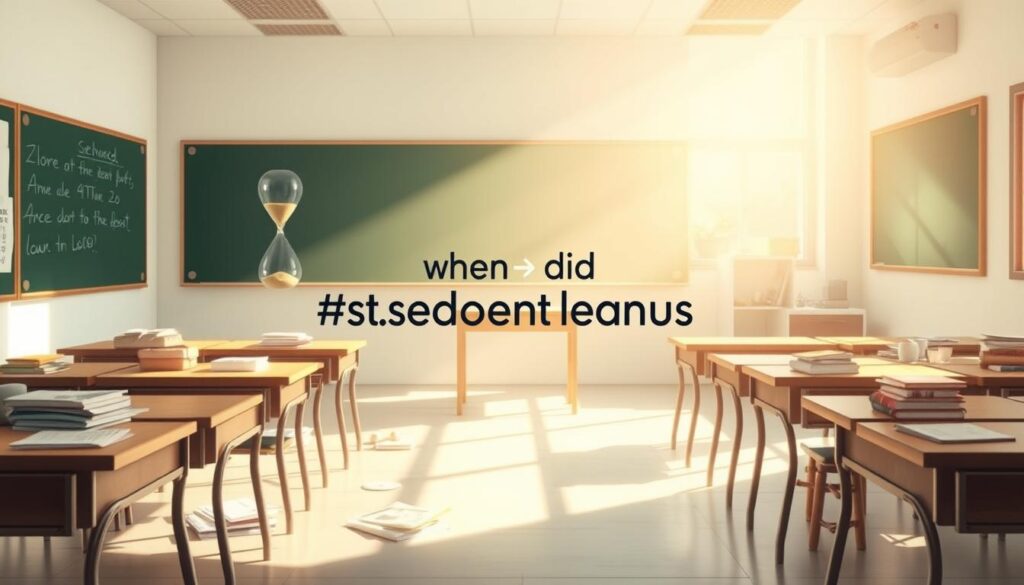
Alternative Relief Options During the Pause
The federal student loan payment pause has given many borrowers a much-needed break. There are other ways to help during this time too. Income-driven repayment plans and loan forgiveness programs are two good options to look into.
Income-Driven Repayment Plans
Income-driven repayment (IDR) plans make sure your monthly payments fit your income. During the pause, you can join or update your IDR plan. This means you’ll have lower payments when payments start again.
Loan Forgiveness Programs
Some borrowers might want to look into loan forgiveness programs. Options like Public Service Loan Forgiveness (PSLF) or Teacher Loan Forgiveness are available. Even though the pause has stopped progress, it’s a chance to get ready for forgiveness when payments start again.
Using these options along with the payment pause can help borrowers manage their finances better. They can reduce the stress of starting payments again. It’s key for borrowers to check if they qualify for these programs to make smart choices during this time.
Statistical Analysis of the Pause’s Impact
The federal student loan repayment pause, started due to the COVID-19 pandemic, has greatly helped borrowers in the U.S. Data shows how this relief has made a big difference.
Over 40 million borrowers have been helped by this program, with $1.6 trillion in loans paused. This has given a big financial break to those hit hard by the pandemic’s economic effects.
A study by the Federal Reserve Bank of New York found that borrowers save about $393 a month. That’s almost $5,000 a year. This extra money has helped many pay for important things, pay off debt, or build up their finances.
| Metric | Value |
|---|---|
| Total Borrowers Affected | Over 40 million |
| Total Loan Balances Paused | $1.6 trillion |
| Average Monthly Savings per Borrower | $393 |
| Average Annual Savings per Borrower | $4,716 |
The student loan relief and pause have been a big help for millions of Americans. As the country deals with the pandemic’s economic effects, these numbers show how important the pause has been. It has helped borrowers and supported financial stability.
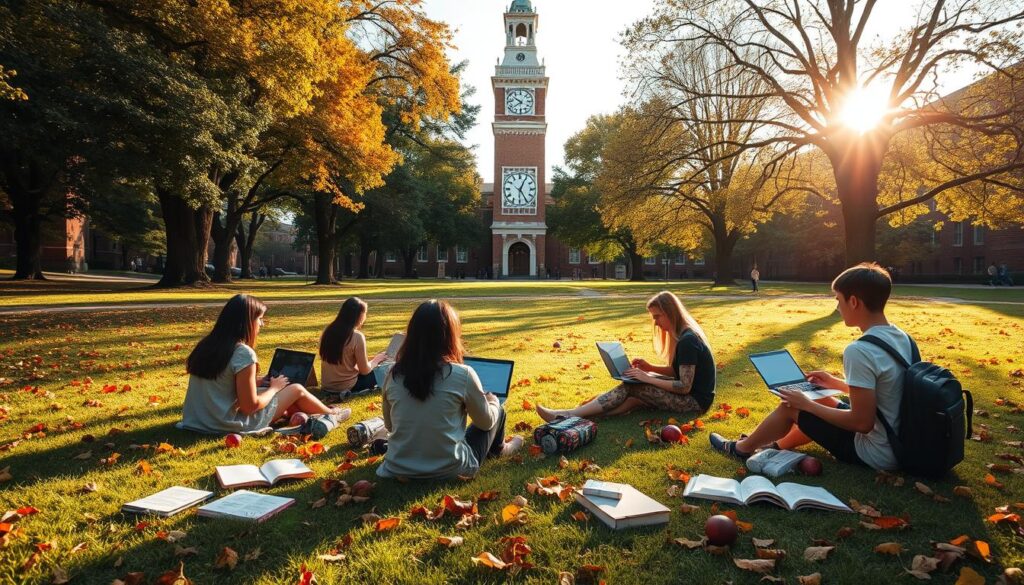
Conclusion
The student loan payment pause has been a key response to the COVID-19 pandemic. It has helped millions of Americans who were struggling with the cost of higher education. Looking back, it’s clear that this pause has greatly impacted borrowers’ lives.
This pause has not only eased immediate financial stress but also started important talks about the student loan system. It has shown the need for big changes. The lessons from this time could guide future policy decisions.
Now that the pause is ending, borrowers must get ready to start paying back their loans again. But, there are still options like income-driven plans and forgiveness programs. Knowing about the pause and freeze helps borrowers understand their choices and how they might affect their finances.
FAQ
When did the student loan pause start?
The student loan pause started in March 2020. It was part of the CARES Act. This act aimed to help student borrowers during the COVID-19 pandemic.
What were the initial COVID-19 student loan relief measures?
At first, payments were suspended, and interest rates were set at 0%. Collection activities on defaulted loans also stopped. These changes helped millions of borrowers right away.
How has the student loan pause evolved over time?
The pause has been extended several times. The Trump administration and the Biden administration have both extended it. The latest extension is set to end in June 2023.
What was the original scope of the federal student loan payment freeze?
The freeze initially stopped interest from building up. It also halted collection on defaulted loans. All federally-held loans were covered, offering relief to many.
How have the Biden administration’s extensions affected student loan borrowers?
The Biden administration has extended the pause several times. These extensions have helped borrowers by offering more time to pay back loans. They have also made changes to who is eligible for relief.
